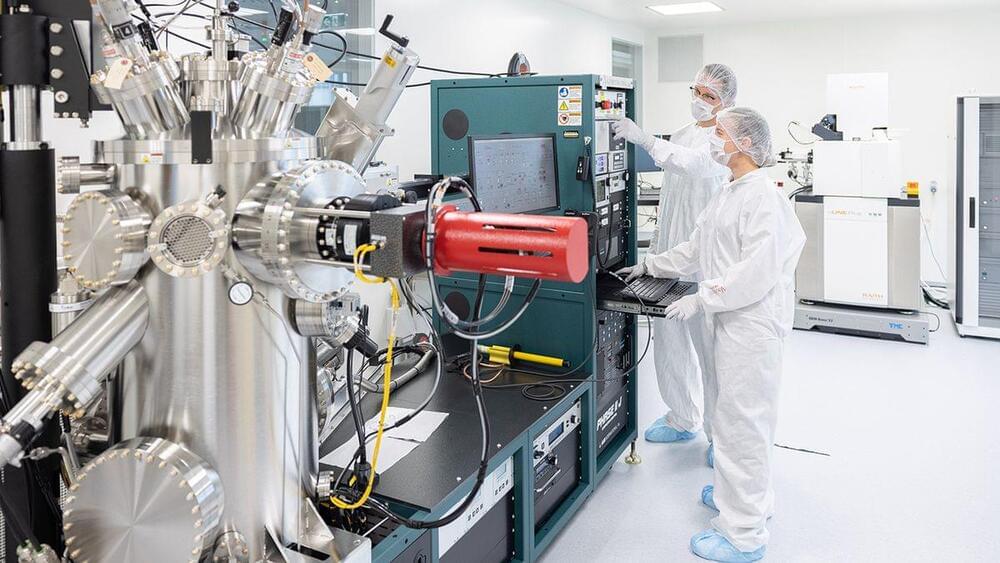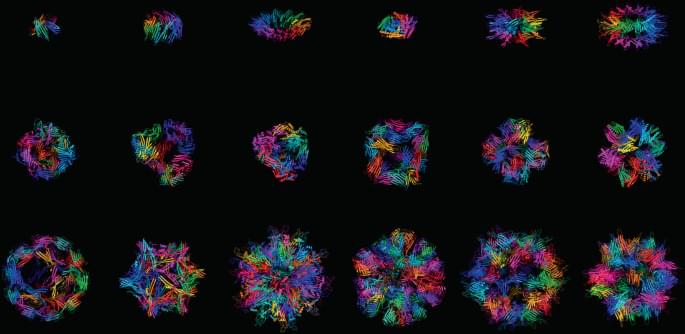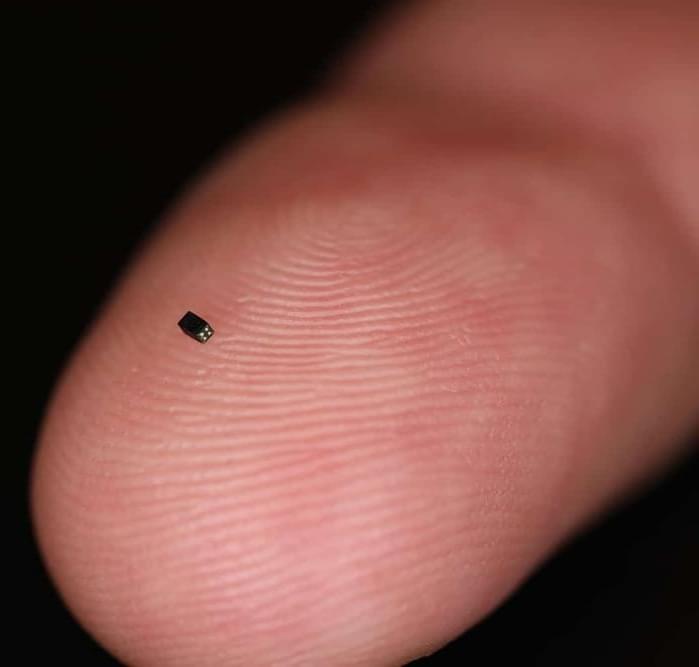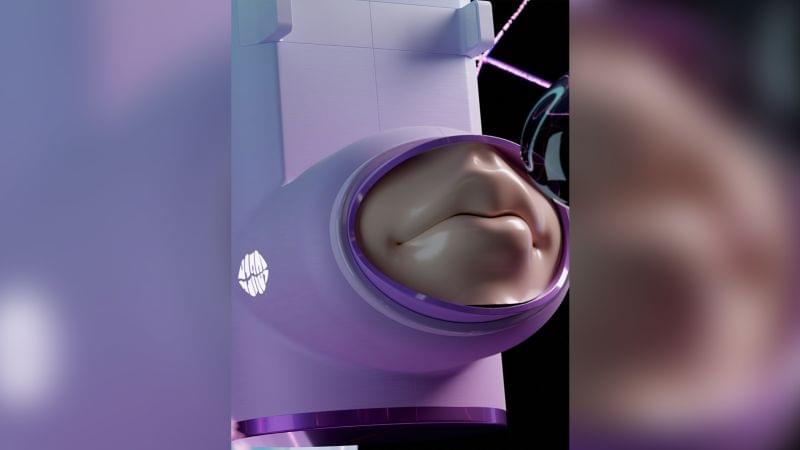Feb 25, 2023
Nokia launches smartphone you can fix yourself, jumping on ‘right to repair’ trend
Posted by Raphael Ramos in categories: mobile phones, sustainability
Armed with tools and repair guides from hardware repair advocacy firm iFixit, a user can remove and replace the phone’s back cover, battery, screen and charging port.
Adam Ferguson, head of product marketing at HMD Global, said that this process would cost on average 30% less than replacing an old phone with a new one.
Smartphone companies are increasingly working to make phones last for longer amid pressure from regulators to make electronics devices more sustainable.


















